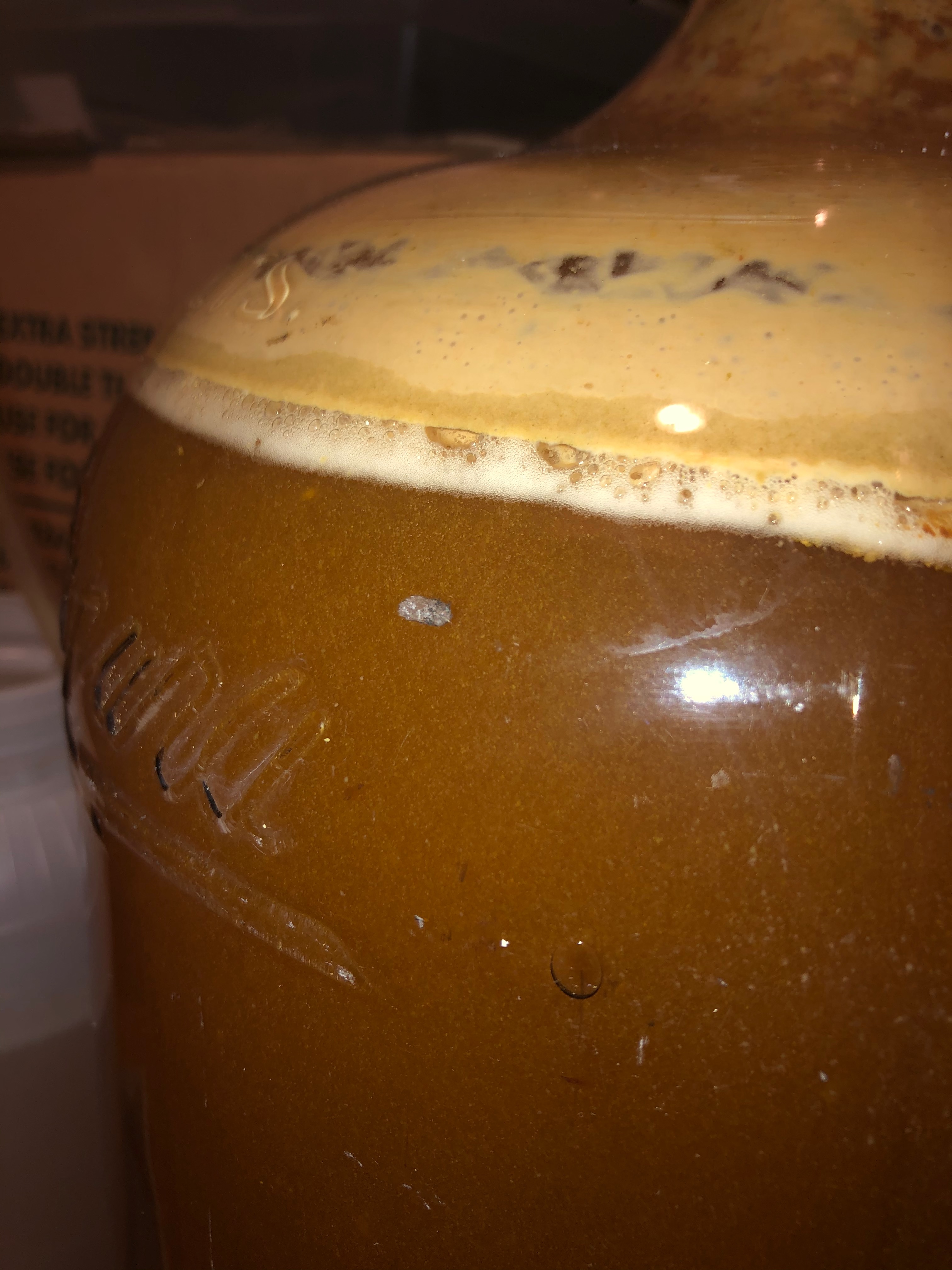Zwerg
Well-Known Member
- Joined
- Sep 11, 2021
- Messages
- 53
- Reaction score
- 12
Newb question for you guys:
This is a OG 1.080 La Chouffe clone, Belgian Ardennes yeast. Fermentation was really vigorous for the first few days (the blowoff tube was necessary), and the temp has fluctuated between 68-73 F throughout the fermentation (I don't have temperature control).
It's now been sitting in primary for 17 days, and I was planning to bottle it on day 21, but it looks like there's still a lot of churn and bubbling going on. I have repeatedly read on here that you should go by hydrometer readings only, but I don't want to bother opening it up if it's obviously still active.
Based on the video, is there any chance this is even close to done? Given the amount of bubbles and the fact that the yeast is not only still in suspension but still actively swirling around (esp. given this is supposed to be a highly flocculent yeast and I used whirlfloc), seems like I might as well just give it another week before I even take a reading. Am I right?
This is a OG 1.080 La Chouffe clone, Belgian Ardennes yeast. Fermentation was really vigorous for the first few days (the blowoff tube was necessary), and the temp has fluctuated between 68-73 F throughout the fermentation (I don't have temperature control).
It's now been sitting in primary for 17 days, and I was planning to bottle it on day 21, but it looks like there's still a lot of churn and bubbling going on. I have repeatedly read on here that you should go by hydrometer readings only, but I don't want to bother opening it up if it's obviously still active.
Based on the video, is there any chance this is even close to done? Given the amount of bubbles and the fact that the yeast is not only still in suspension but still actively swirling around (esp. given this is supposed to be a highly flocculent yeast and I used whirlfloc), seems like I might as well just give it another week before I even take a reading. Am I right?



